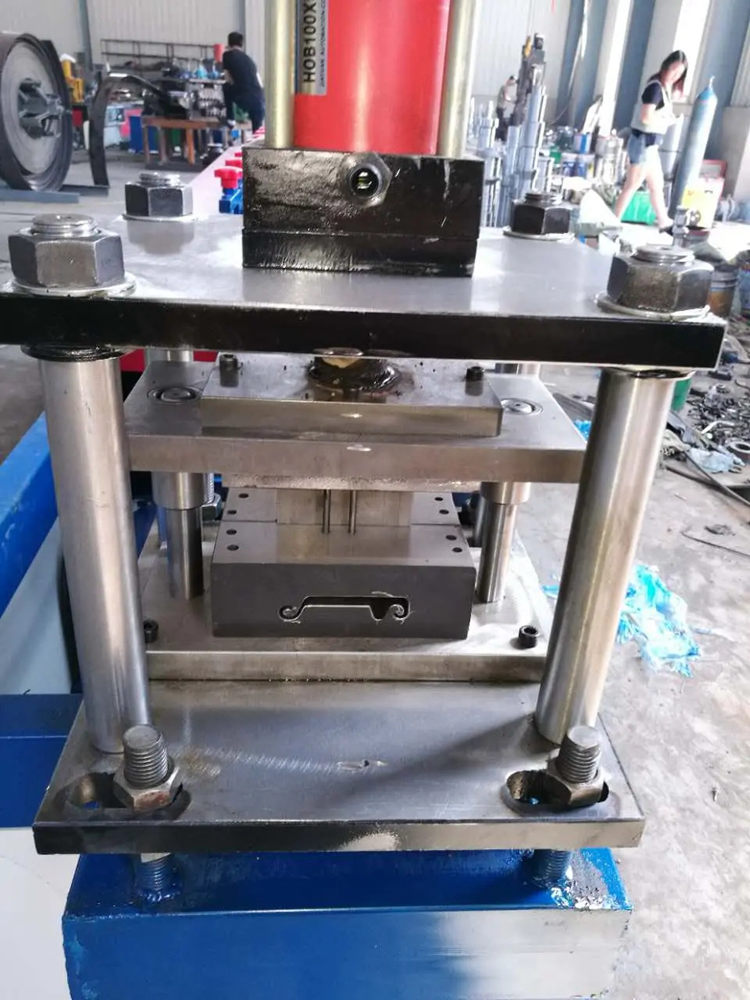
The Significance of Stud and Track Ceiling Forming Machines in Modern Construction
In the ever-evolving landscape of modern construction, efficiency and precision take center stage. One of the most significant advancements contributing to this transformation is the stud and track ceiling forming machine. Designed to produce metal framing components, these machines are pivotal in creating the perfect structural framework for ceilings in residential and commercial buildings alike.
Understanding Stud and Track Systems
Before delving into the machines themselves, it is essential to understand what a stud and track system is. Studs are vertical framing members, typically made of metal or wood, that provide structural support. Tracks, on the other hand, are horizontal components that guide and secure the position of the studs. This system is widely used in both drywall and ceiling installations, offering a lightweight yet sturdy framework that supports insulation, electrical wiring, and drywall.
Role of Forming Machines
Stud and track ceiling forming machines are specialized equipment that automates the production of metal studs and tracks. These machines not only streamline the manufacturing process but also enhance precision, reduce waste, and improve overall productivity. By transitioning from manual fabrication to machine-driven production, construction companies can significantly cut down labor costs and time while achieving greater uniformity in the components produced.
Key Features of Stud and Track Ceiling Forming Machines
1. Automation and Efficiency Modern machines are equipped with automated controls that allow for quick set-ups and adjustments. Operators can quickly switch between different sizes and types of components, which is essential for meeting various project requirements.
2. High Precision One of the primary advantages of using forming machines is their ability to produce components with high accuracy. This precision reduces the risk of errors that can occur with manual cutting and shaping, ensuring that all parts fit together seamlessly during installation.

3. Durability and Versatility Manufactured components from forming machines typically comply with industry standards for strength and durability. These machines can work with a variety of metal gauges, allowing manufacturers to produce components suitable for different structural requirements.
4. Waste Reduction The efficiency of these machines directly translates to reduced material waste. By optimizing the use of raw materials, companies can lower their production costs and environmental footprint. The ability to recycle leftover metal further enhances sustainability.
5. User-Friendly Interfaces Many of the latest stud and track ceiling forming machines are equipped with intuitive interfaces that allow operators to manage production settings easily. This user-friendliness not only enhances productivity but also shortens the learning curve for new workers.
The Impact on the Construction Industry
The introduction of stud and track ceiling forming machines has revolutionized the construction industry in several ways. By improving manufacturing efficiency, these machines have enabled builders to complete projects on time—or even ahead of schedule. The ability to produce high-quality materials quickly is particularly advantageous in an industry where delays can result in significant financial losses.
Moreover, as the demand for speedy construction methods grows, especially in urban areas, the use of forming machines becomes increasingly important. Builders can now provide quicker turnaround times for projects, catering to the demands of a competitive market.
Conclusion
In conclusion, stud and track ceiling forming machines play a vital role in the contemporary construction process. They not only enhance the efficiency and precision of metal framing production but also help to address challenges related to labor costs and project timelines. As the construction industry continues to evolve, the use of such specialized machinery will undoubtedly become more prevalent, driving innovation and growth in the sector. The future of construction machinery lies in automation and efficiency, and stud and track ceiling forming machines are at the forefront of this movement. As technology progresses, we can expect even more sophisticated machines to emerge, further transforming the way we build our environments.